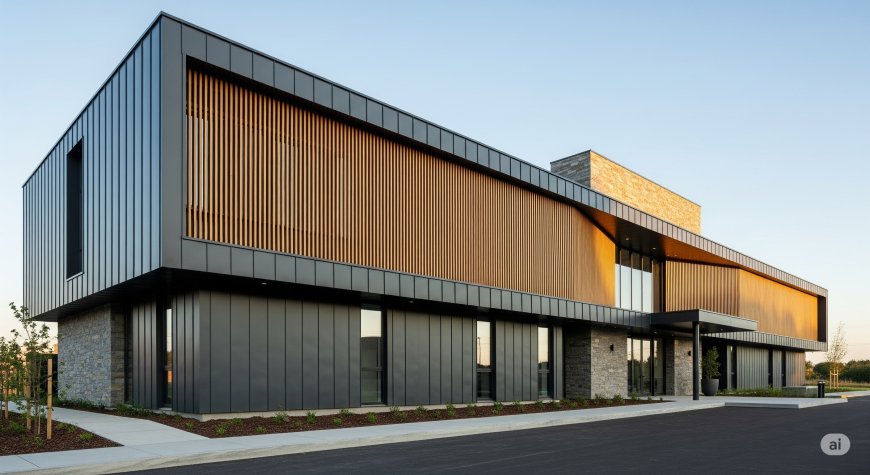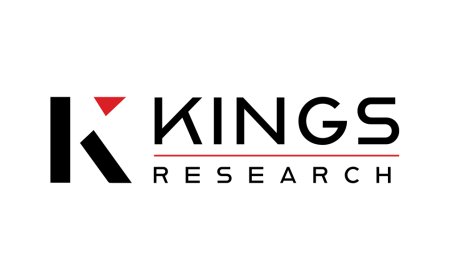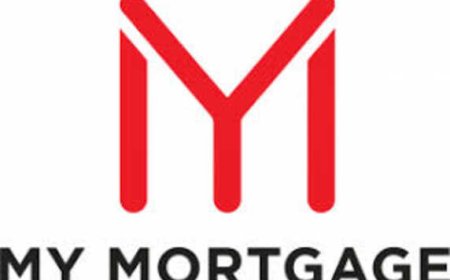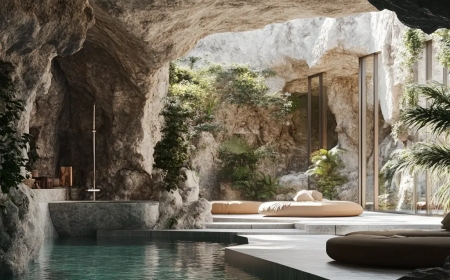The Art of Cladding: Creative Applications on Commercial and Residential Buildings
Explore how cladding transforms commercial and residential architecture. From texture to material choices, discover how design meets function in creative applications.

Cladding is more than just a protective skin for buildingsits a design statement that reflects personality, purpose, and function. By carefully choosing textures, materials, and installation styles, architects and builders have turned exterior finishes into key elements of a buildings identity.
From residential facades to large-scale commercial projects, cladding serves as both a practical and aesthetic solution. In this article, we take a closer look at the creative ways cladding is used across different types of architecture, and how it elevates everything from curb appeal to energy efficiency.
1. Understanding the Role of Cladding
Cladding refers to the external layer of material applied to a buildings structure. While its primary function is to protect against weather, moisture, and structural wear, it also contributes significantly to the buildings visual appeal.
Common cladding materials include:
-
Metal (aluminum, steel, zinc)
-
Wood (cedar, pine, thermally treated timber)
-
Composite panels (aluminum composite, fiber cement)
-
Stone and brick veneers
-
uPVC or vinyl
Each material brings its own character and advantages, whether its the warm tones of timber or the sleek, reflective surfaces of metal panels.
2. Creative Cladding in Commercial Architecture
In commercial construction, cladding is often used to set a building apartvisually and functionally. It creates a first impression that can define a brand, attract clients, or align with corporate values.
Dynamic Facades and Branding
Retail buildings, office complexes, and public spaces frequently use patterned or textured metal panels that play with shadow and light. Custom laser-cut panels can incorporate logos or local artwork, turning a simple facade into a branding opportunity.
Glass and Composite Contrasts
Glass curtain walls paired with aluminum composite cladding give a sharp, clean look. These combinations are common in hospitality and office buildings, offering transparency while maintaining structure.
Sustainable and Low-Maintenance Solutions
Commercial builders often prioritize materials that are low-maintenance, durable, and compliant with fire and environmental regulations. Metal and fiber cement panels are especially popular for their longevity and recyclability.
3. Residential Cladding with Character
For homeowners, cladding offers a way to personalize a property while protecting it against the elements. From countryside cottages to urban terraces, the choice of cladding can dramatically transform a home's appearance.
Warmth with Timber
Timber cladding is popular in residential settings for its natural charm and ability to blend into surroundings. Vertical or horizontal placement can create different visual effects, while treated wood withstands decay and insects.
Bold Contrasts and Mixed Materials
Mixing cladding typeslike stone with metal or timber with renderadds depth and contrast. This layering technique can visually break up large surfaces and highlight architectural features like windows, balconies, or entryways.
Energy Efficiency and Insulation
Beyond looks, cladding can improve thermal performance. Insulated cladding systems help reduce heating costs in colder months, making them an ideal choice for UK homes aiming to meet energy-efficiency standards.
4. Interior Cladding: Not Just for Exteriors
Cladding isn't limited to external walls. Inside, its used to add texture and function to feature walls, ceilings, and even wet areas like bathrooms and kitchens.
-
Wood slats or panels for warm, acoustically-friendly interiors
-
Metal panels in commercial interiors for a contemporary feel
-
Stone or tile cladding for kitchen splashbacks and fireplace surrounds
Interior cladding is an effective way to create ambiance while enhancing the durability of high-touch areas.
5. Trends Driving Creative Cladding Choices
A number of emerging preferences are influencing how cladding is applied in both residential and commercial projects:
-
Vertical paneling for height and drama
-
Dark, matte finishes for contrast and bold presence
-
Eco-conscious materials like reclaimed timber or carbon-neutral composites
-
3D and textured surfaces for added visual interest
These trends highlight how cladding can shape both function and feeling in a built environment.
Conclusion: Cladding as a Design Language
Cladding is no longer just a protective measureits part of the language of design. When thoughtfully chosen and skillfully applied, it can enhance building performance, express identity, and elevate visual appeal across both commercial and residential projects.
For those looking to explore the possibilities of claddingfrom design consultation to expert installationCladymax offers tailored solutions that bring creativity, precision, and reliability to every project. Whether you're reimagining a home or designing a landmark commercial property, Cladymax helps you turn your vision into a beautifully clad reality.































